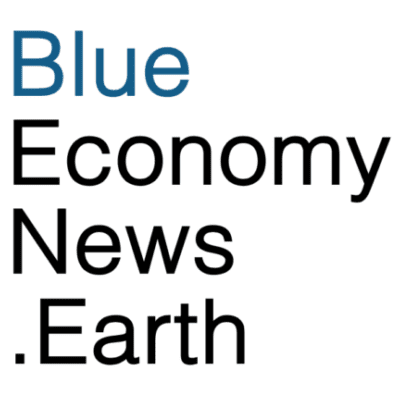Nitrogen and phosphorous are essential nutrients, but when they’re too concentrated in coastal waters, it can lead to algal blooms, low oxygen concentrations and other detrimental effects. Shellfish can mitigate this problem, because they absorb these nutrients into their tissues and shells as they grow. So when they’re harvested, the nutrients are removed from the environment and water quality improves. Now researchers from the US-based Northeast Fisheries Science Centre and the National Centre for Coastal Ocean Science have created a tool to measure shellfish operations‘ environmental benefits.
Called the Aquaculture Nutrient Removal Calculator, it is designed for shellfish growers and resource managers to inform shellfish aquaculture permitting. The scientists said that resource managers are looking for easy-to-use tools that produce values for the environmental benefits, or ecosystem services, shellfish farms provide. But it was important for these values to be appropriate to the location and the type of operation. The new calculator provides estimated values for nutrient removal in a format that aligns with the shellfish aquaculture permitting process.
First the calculator estimates the weight of the oysters based on the typical size of oysters harvested on a farm. Next, the nitrogen portion of total oyster weight is calculated using the average nitrogen concentration value for both shell and tissue. This result is scaled to the total number of oysters harvested, as input by the user. The NOAA said it has synthesized available literature for oyster farms across the Northeast region, from North Carolina to Maine, and applied methodology used by the Chesapeake Bay Program to calculate nutrient removal at harvest. Variability in oyster tissue and shell nutrient concentration was low, and an assessment of farm location, ploidy, and cultivation practice (with vs. without gear) suggested that a single average value could reasonably be applied across all farms.
The data can be used for new permit applications based on estimated production value, or to provide information on existing farms from actual harvest numbers.


